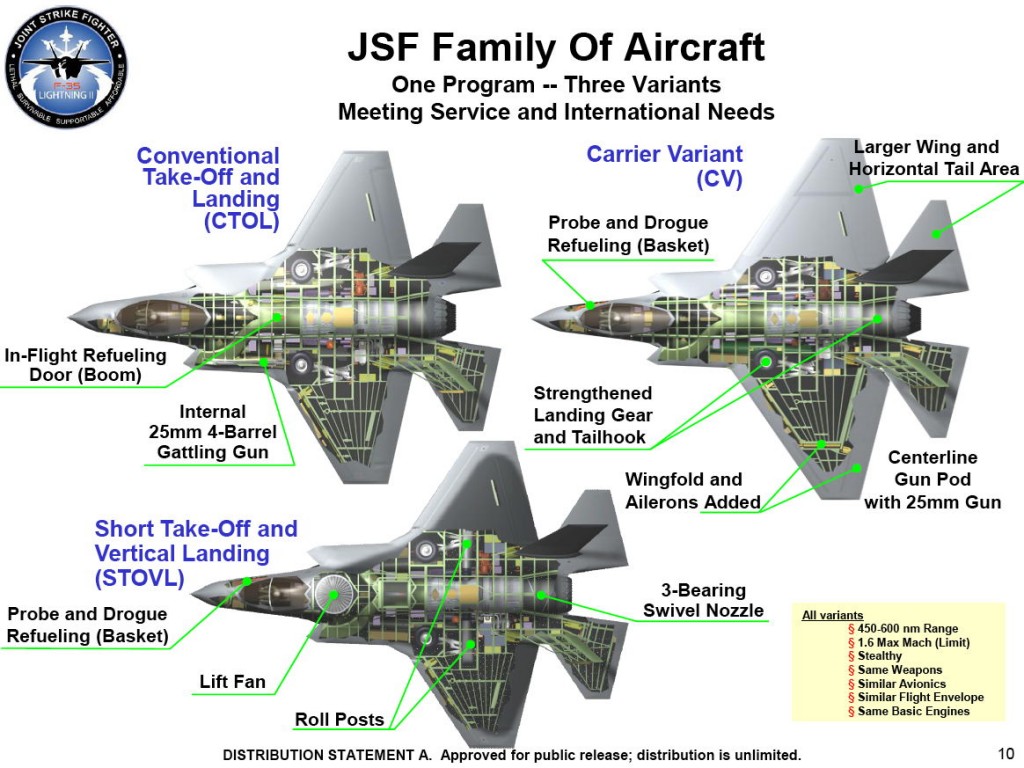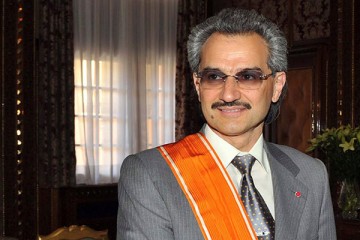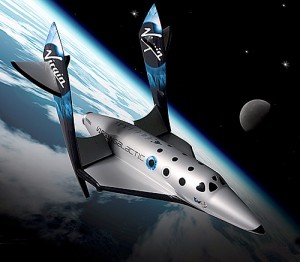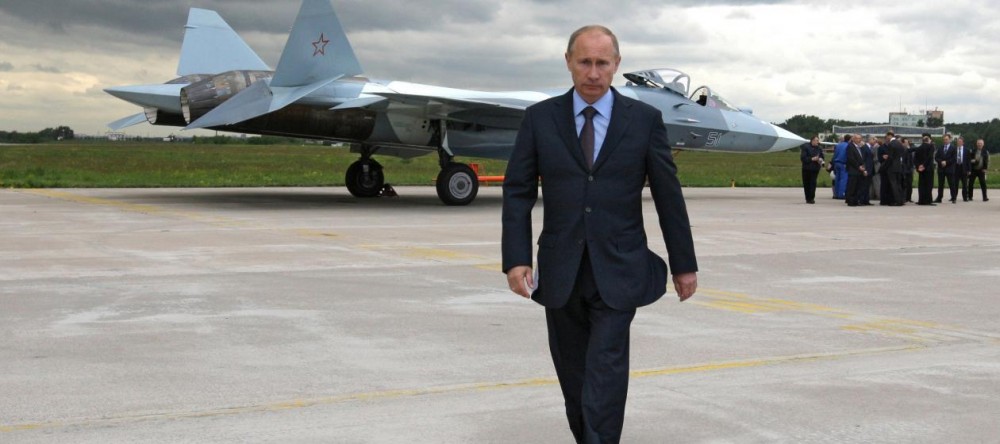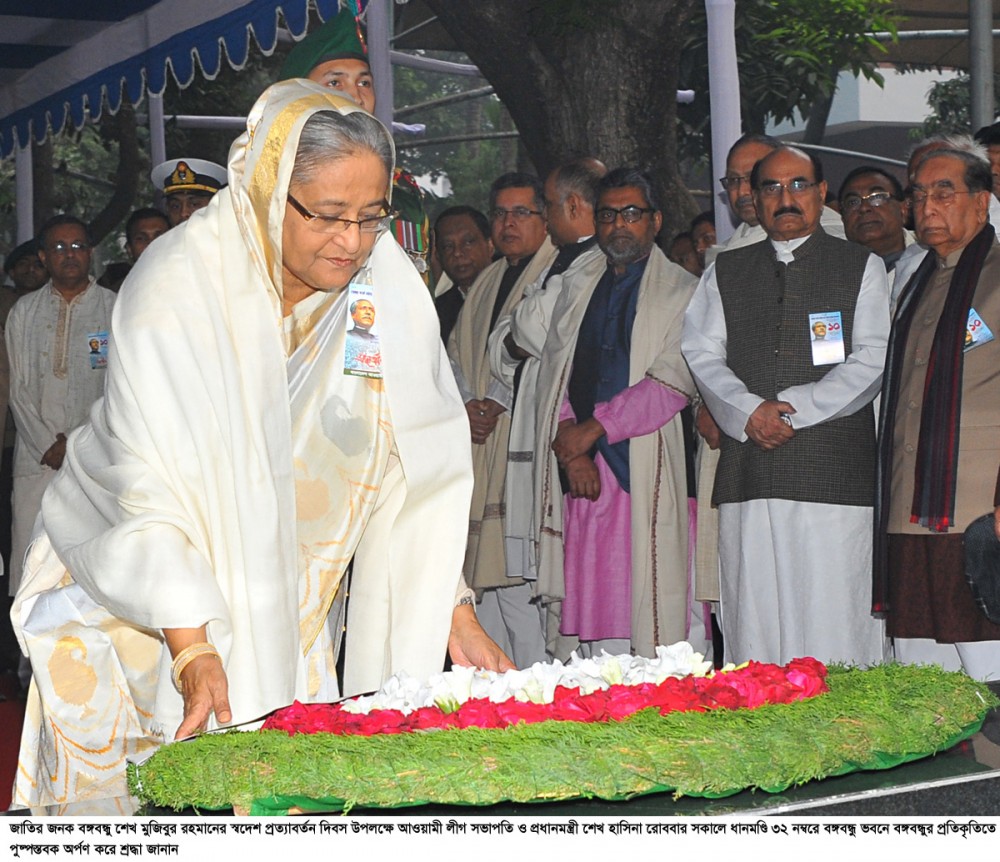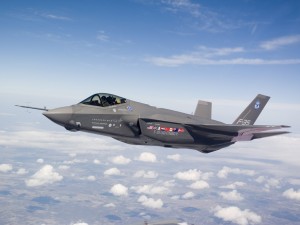 Japan has picked Lockheed Martin Corp’s F-35 Joint Strike Fighter as its next-generation mainstay fighter, choosing the radar-evading plane ahead of Boeing’s F/A-18 and the Eurofighter Typhoon.
Japan has picked Lockheed Martin Corp’s F-35 Joint Strike Fighter as its next-generation mainstay fighter, choosing the radar-evading plane ahead of Boeing’s F/A-18 and the Eurofighter Typhoon.
Lockheed is developing the F-35 for the U.S. military and eight international partners at a projected cost of more than $382 billion, making it the Pentagon’s most expensive weapons program. Following are facts about the program:
* Lockheed and subcontractors Northrop Grumman Corp and BAE Systems are developing three variants of the plane, a conventional takeoff and landing (CTOL) model for the Air Force; a short takeoff, vertical landing (STOVL) variant for the U.S. Marine Corps and Italy; and one with wider wings for the Navy to use on aircraft carriers.
* The F-35 fighter jet is 42 percent built of composite materials. The plane is just over 50 ft long and can travel at a speed of Mach 1.6. The variants have a range of up to 900 to 1,200 nautical miles and carry 15,000 to 18,000 pounds (6,800-8,164 kg) of weapons.
* The foreign partners on the program are Britain, Canada, Norway, Denmark, the Netherlands, Turkey, Italy and Australia.
* Lockheed began negotiations on December 8 with the U.S. Defense Department for a fifth batch of 30 low-rate production airplanes, after agreeing for the first time to bear half the cost of an agreed-upon number of design changes required because the plane is already being produced while testing is still continuing.
* The F-35’s engine is built by the Pratt & Whitney unit of United Technologies Corp. Earlier this month, General Electric and Rolls-Royce dropped their effort to build an alternate engine for the F-35, citing continued uncertainty in the program development and production schedules.
* Israel, the first foreign military sales customer, signed a $2.75 billion preliminary agreement in October 2010 to buy 19 F-35s, with an option for one more. That deal is expected to be finalized in the next few weeks.
(Editing by Alex Richardson)(Reuters)








